In a video published by government-affiliated news agencies and shared on social media, people of Molashiyeh and Eyn-e Do districts complain that there has been no piped drinking water for 10 days. They say they must wait in the grueling summer heat for the sun to go down and for water tankers to distribute water to the populations.
Molashiyeh and Eyn-e Do are located south of Ahvaz, capital of the oil-rich south-western province of Khuzestan bordering Iraq. The two districts have a population of over 80,000, according to the 2016 census.
During the eight-year war between Iran and Iraq in the 1980s, many residents gave their lives to defend Iranian territory, and, decades later, it seems the conflict has not ended.
Domestic media have reported about the complaints by Molashiyeh residents, but IranWire’s interviews with civil activists and other people in Ahvaz show that the most peripheral areas of the city have experienced water and electricity shortages for too long.
Water shortages – and protests over water scarcity – are becoming more commonplace across Iran, with poor water management, drought and corruption-ridden infrastructure projects contributing to the crisis.
“The water Is Cut Off, the Pressure Is Low or It Smells of Sewage”
Areas in the south-west of Ahvaz, including Molashiyeh, University Town, Pardis and Sayyahi, have been struggling with drinking water problems for years. A resident of Sayyahi tells IranWire: “For 12 months of the year, the water in our area is cut off, the pressure is low or it smells of sewage. Now, people raised their voices in protest and they brought water in tankers, but this is not something that usually happens. I’m 48 years old, and, as far as I can remember, the water situation in our area has remained the same.”
This Sayyahi resident points out that the people in the south-western districts of Ahvaz also have to deal with long electricity cuts: “The heat exceeds 50 degrees Celsius when the electricity is cut off here. Even hell is not like this. Some homes have water tanks but, in a 50-degree heat, the water tanks can cause third-degree burns. We’re talking about heat, lack of water and electricity cuts, but you must be here to understand.”
Last week, Mohammad Reza Karami-Nejad, CEO of Khuzestan Water and Sewage Company, blamed population increase for the problems and said that a pipeline project to bring drinking water to Molashiyeh was underway.
“With the installation of the pipeline, the problem of water shortage in Molashiyeh will be solved within five days.”
He did not provide further details about the project, but Maryam, a civil activist in Ahvaz, dismissed the announcement as “yet another empty promise made to the people in southwest Ahvaz.”
“This time, the water cut-off in Molashiyeh was caused by problems with pumps and equipment, excessive heat and the unauthorized pumping of water with very powerful pumps,” Maryam tells IranWire. “Molashiyeh is located at the very end of the water distribution network, meaning that people in Molashiyeh might not have water even if all others along the network do. They launch projects every year, with big or small budgets, but this problem must be solved by rebuilding the infrastructure, something we are certain won’t happen.”
In February 2022, residents of Molashiyeh and other areas in the south-west of Ahvaz were not supplied with piped water for 10 days.
The municipality of Ahvaz announced that the water pipeline and pumping equipment had broken down, and assured that water tankers were being sent to the affected areas.
Meanwhile, acting Ahvaz Governor Seyed Ahmad Mavalizadeh ordered “all responsible agencies” to work on the problem until it is solved. “Negligence in this affair is acceptable,” he added.
“Our Farmlands Are Parched and Our Livestock Are Dead”
In recent years, Gheyzaniyeh residents have repeatedly been beaten, thrown in jail and shot with pellets for demanding clean drinking water, Maryam says.
Iranians first heard the name of Gheyzaniyeh in 2020, on the anniversary of the 1982 liberation of the port city of Khorramshahr, Khuzestan province, from Iraqi occupation, when they saw a picture of a local teenage boy sitting on parched ground with a bleeding leg that had been hit by multiple pellets fired by security forces.
Despite all their protests, the people of Gheyzaniyeh still have to deal with serious water problems, Maryam says: “Gheyzaniyeh, the village of Oteysh and many villages around Hawizeh Marshes still face numerous water and electricity problems. To tell the truth, for years now they empty industrial wastewater into Karun River, then they process the color out and give it to people as drinking water.”
“In places like Oteysh and Gheyzaniyeh, which are 20 to 30 kilometers from Ahvaz, people’s homes are surrounded by gas and oil pipelines. Water pipelines have reached this area for camps housing the oil and gas industry’s workers and employees, but this wealth has not reached the native residents – just environmental pollution and nothing more.”
Gheyzaniyeh, with a population of around 25,000 people who mostly work in farming and animal husbandry, is surrounded by gas and oil pipelines and petrochemical refineries but tens of villages in the area are not supplied with piped water.
Mojahed lived in Gheyzaniyeh for years before moving to Tehran. He was 18 when he started studying business management at Tehran University and never returned to Khuzestan.
“Our farmlands are parched and our livestock are dead, or we were forced to sell them. In Ahvaz, Abadan, Ramshir and Hoveyzeh, people have to buy water for drinking and making tea. For everything else, they have to use salty and fetid water if they are lucky enough to have access to it.”
According to Mojahed, each house in Ahvaz has at least two water drums, no matter where they are located: “As far as I can remember, they never warned you about water cuts. Everybody knew there might be no water when they woke up, so they always kept the drums filled. At the time, each drum cost 50 tomans, but now they have to pay 50,000 or more for each one.”
In 2016, then Khuzestan Governor Gholamreza Shariatihe promised that the water problem in Gheyzaniyeh would be solved “in three months.”
And in 2021, he claimed that “with the completion of the project to supply water to the district of Gheyzaniyeh…the supply of drinking water for the villages in this district will be secured for the next 20 years and they will no longer have any drinking water problems.”
Shariatihe made the comments as he faced a corruption case related to the Haft-Tappeh Sugar Factory and protests over water shortage in Khuzestan were at their height.
Three and a half years after his promises, the residents of Gheyzaniyeh still have no piped drinking water.
visit the accountability section
In this section of Iran Wire, you can contact the officials and launch your campaign for various problems










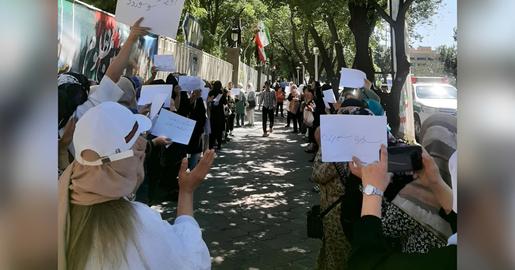


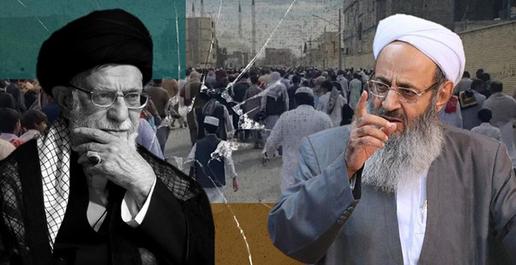
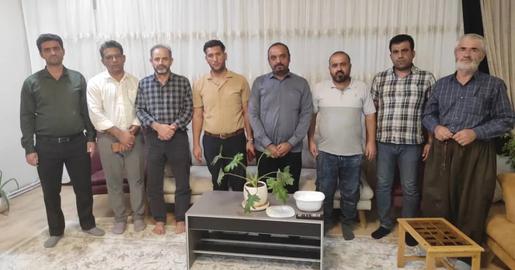
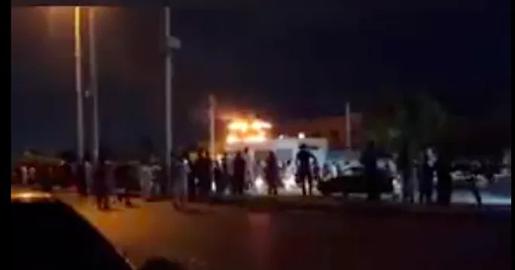
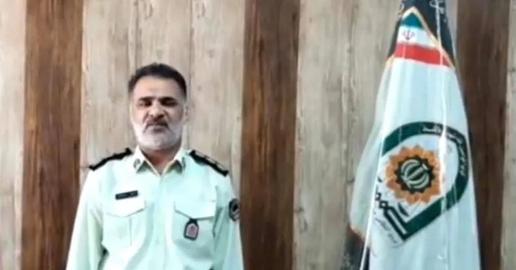
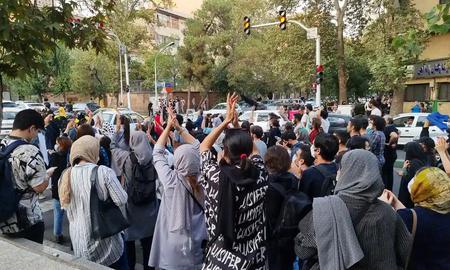






comments